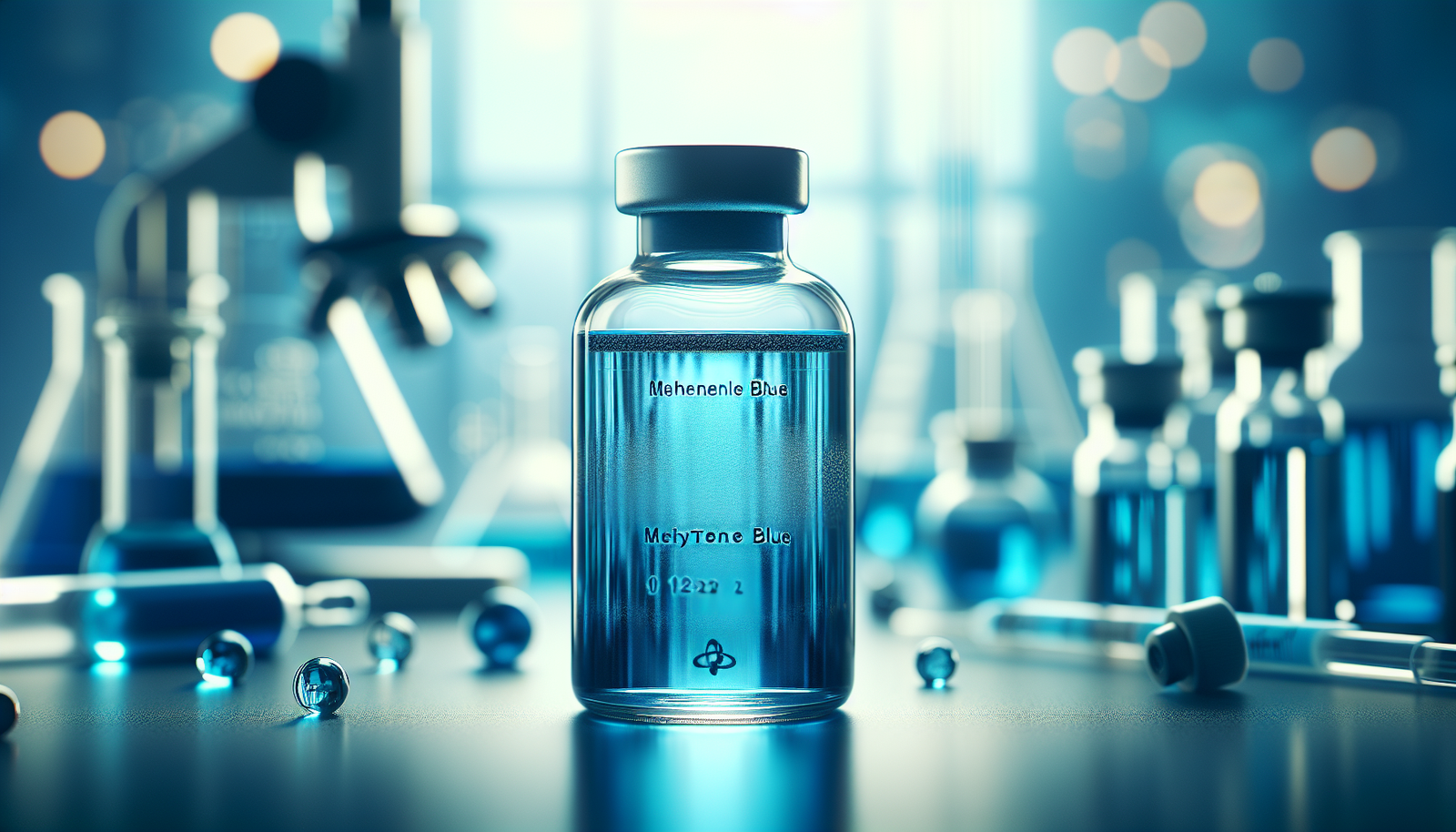
Have you ever wondered how a simple dye could hold various benefits across multiple fields, including medicine, biology, and even aquaculture? Methylene blue, a synthetic compound with a rich history, has proven itself effective in numerous applications. However, using this compound effectively requires understanding its properties, benefits, and potential pitfalls.

Understanding Methylene Blue
What is Methylene Blue?
Methylene blue is a thiazine dye, originally developed in the late 19th century. Its vibrant blue hue is not merely for aesthetic appeal; this compound interacts with biological systems in complex ways. In medicine, it serves as a medication for conditions such as methemoglobinemia, a blood disorder where oxygen delivery is impaired. Additionally, it has practical applications in microbiology and aquaculture, contributing to various processes from staining cells to treating fish parasites.
Properties of Methylene Blue
The chemical structure of methylene blue makes it quite versatile. It has both oxidizing and reducing properties, which allows it to engage in different biochemical reactions. Its solubility in water, low toxicity at prescribed doses, and ability to penetrate biological membranes also enhance its utility. Understanding these properties is essential when considering how to use this dye most effectively.
Medical Uses of Methylene Blue
Treatment for Methemoglobinemia
In the medical field, methylene blue is primarily recognized for its role in treating methemoglobinemia. This condition arises when hemoglobin is altered, rendering it ineffective at carrying oxygen. Administering methylene blue restores the normal function of hemoglobin, allowing for improved oxygen transport.
Dosage and Administration
Methylene blue is typically administered in a hospital setting. The standard dosage often begins at 1–2 mg/kg, injected intravenously over a 5 to 30-minute duration. It’s essential to monitor the patient closely, as repeated doses may be required, depending on symptom severity. Before use, ensure that the patient is not pregnant or allergic to sulfa drugs, as these conditions may complicate treatment.
Potential Side Effects
While generally safe when used correctly, methylene blue can cause side effects such as dizziness, headache, or allergic reactions. Serious adverse reactions are rare but may include serotonin syndrome in patients taking certain antidepressants. Therefore, always conduct a thorough assessment of the patient’s medical history and current medications before administration.
Niche applications of Methylene Blue
In Microbiology
Methylene blue is widely used as a staining agent in microbiology. Its ability to bind to cellular components enhances the contrast between different cell parts during microscopic examination. Specific applications include Gram staining and identifying certain bacteria and fungal cells.
Practical Tips for Laboratory Applications
- Preparation of Solutions: Use distilled water to dissolve methylene blue in a concentration appropriate for the staining technique (commonly 0.1% to 1%).
- Staining Protocol: Apply the methylene blue solution to the prepared slide, allowing adequate time for staining before rinsing with water. Adjust timing based on the cellular material to ensure optimal results.
- Storage: Store methylene blue in a dark, cool place, as light exposure can degrade the compound, negatively impacting its efficacy.
In Aquaculture
Methylene blue has significant applications in aquaculture, mainly for its antifungal and antibacterial properties. It’s effective against specific fish diseases, thus improving the health and survival rates of aquatic species.
Administration in Fish Farming
- Water Treatment: Methylene blue can be added to tanks at concentrations typically ranging from 1-5 ppm to treat fungal infections.
- Monitoring Dosage: Continuously monitor water quality and fish behavior, halting treatment if adverse effects arise. Water quality should be regularly assessed to ensure that methylene blue does not reach toxic levels over time.
Use as an Antioxidant
Methylene blue also functions as an antioxidant and has shown promise in research pertaining to neuroprotection and age-related diseases. Its potential to cross the blood-brain barrier makes it an exciting candidate for research into conditions like Alzheimer’s.
Precautions and Considerations
When considering methylene blue as an antioxidant treatment:
- Consult with a Specialist: Always engage healthcare professionals experienced with the compound for advice on treatment protocols and potential drug interactions.
- Monitor for Side Effects: As previously mentioned, the interaction with other medications can be severe, so vigilance during treatment is paramount.
Safety Precautions
Storage and Handling
Methylene blue should be stored in tightly sealed containers, away from light and moisture, to maintain its stability and effectiveness. Handle the compound with appropriate personal protective equipment, including gloves and goggles, to minimize exposure.
Environmental Considerations
While methylene blue is relatively benign in controlled settings, it poses potential environmental risks if improperly disposed of. Dispose of any solutions that are not used in accordance with local regulations to ensure that they do not contaminate water systems.
Drug Interactions
When used medically, methylene blue can interact with various medications, notably SSRIs and MAO inhibitors, leading to dangerous side effects. Therefore, ensure that a complete medication history is taken before administration.

Conclusion
Effectively using methylene blue requires a nuanced understanding of its properties, medical applications, and safety protocols. Its versatility extends across multiple domains from healthcare to laboratory work, making it an invaluable asset. However, as with any powerful agent, the responsibility to use it wisely falls on you, the practitioner or researcher. Whether treating a patient, conducting a laboratory analysis, or managing a fish farm, the insights provided here aim to enhance your understanding of this remarkable compound. By adhering to established guidelines and continuously educating yourself about its properties and applications, you can harness the full potential of methylene blue safely and effectively. Always remain vigilant and informed, ensuring that whatever uses you apply methylene blue toward are both ethical and beneficial.